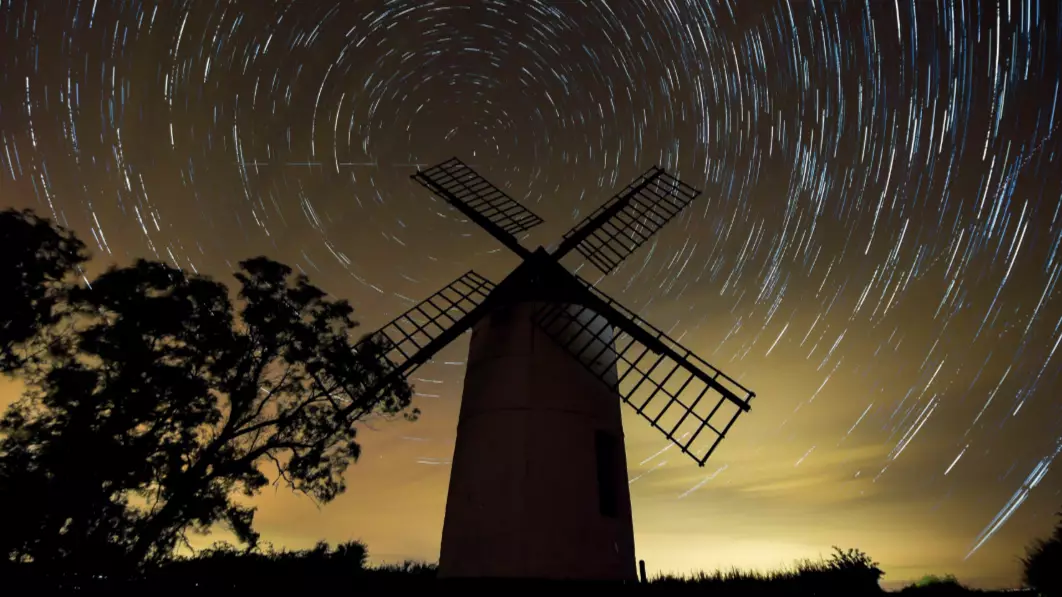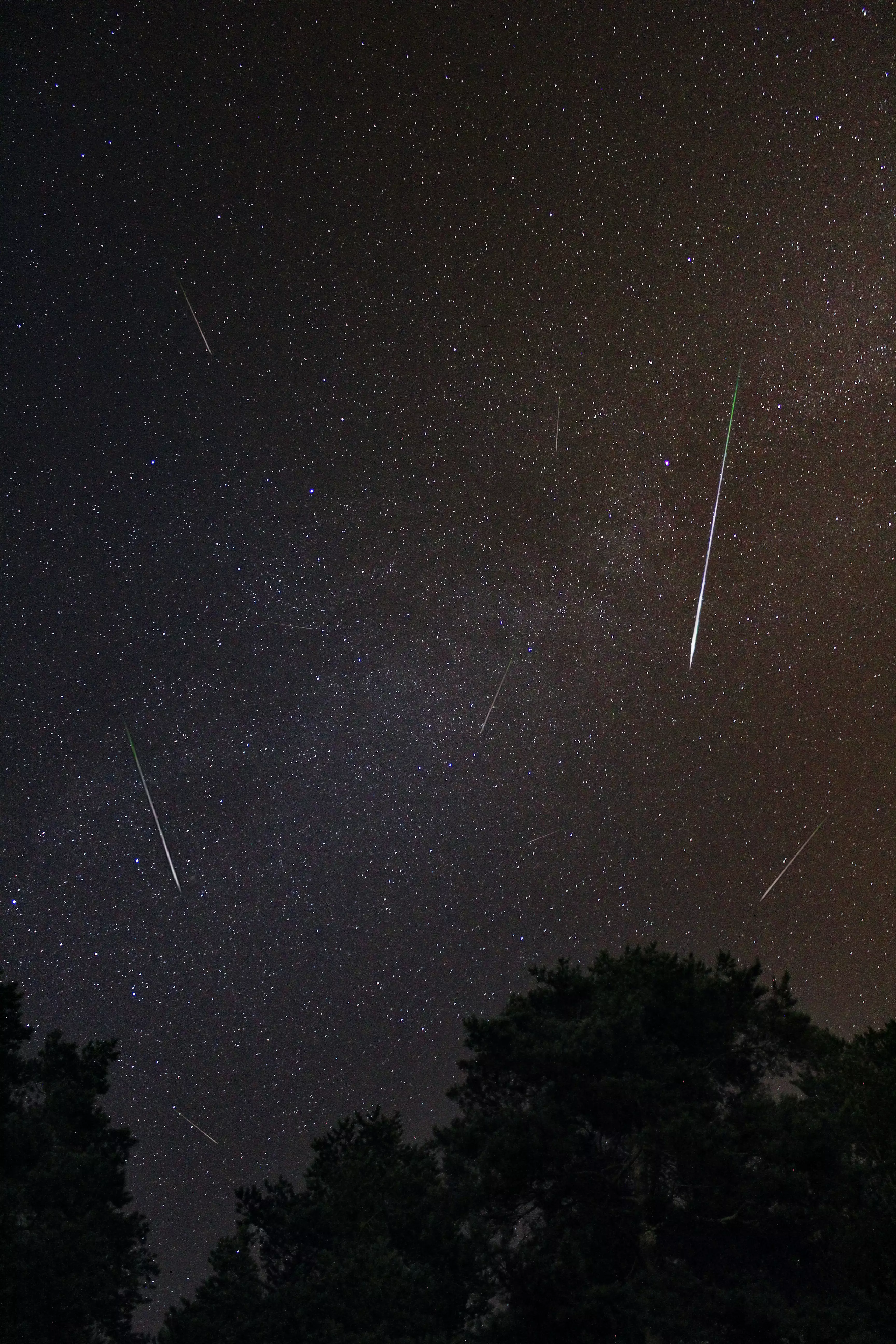
The annual Lyrid meteor shower will reach its peak on Tuesday night - and given the fact it also coincides with the new moon, the brilliant display will be even more visible.
The new moon will provide particularly dark skies on Tuesday, meaning the meteor shower - which could result in 10-15 'shooting stars' per hour - will be much easier to see for us Earthlings.
If you want to see the shower in all its glory, it'll be easier to spot in a particularly dark area between midnight and dawn on Tuesday night and into Wednesday.
Advert
Royal Observatory Greenwich describe the shower as "a burst of activity" which always occurs mid to late April annually.
Meteors are essentially bits of debris from celestial objects (we're talking asteroids or comets) and a shower happens when the Earth passes through this area of material. Some of the chunks fall into the Earth's atmosphere, which is how we are sometimes able to see them.

They're also intensely bright, having reached surface temperatures as high as 1,600 degrees celsius. This is because they're moving so quickly which causes them to rapidly heat up.
Advert
This specific meteor shower, Lyrid, is associated with Comet C/1861 G1 Thatcher. It is the oldest recorded meteor shower still visible and was first recorded in 687 BCE, which is pretty mind blowing.
The meteors on Tuesday night will be visible across the sky, but will appear to originate from the constellation of Lyra, which holds the star, Vega.
However, Royal Observatory Greenwich explain that really, meteors have nothing to do with groups of stars specifically. In fact, the direction they come from is dictated by the positioning of the Earth and the debris.

The darker the sky, the easier the showers will be to see, so if you are in an area with little light pollution, there's a good chance you'll catch a glimpse of the meteors darting across the sky.
Advert
When it comes to time, it's best to wait until after midnight. The longer into the early hours of the morning you wait, the more chance you'll have of spotting them.
However, don't leave it too late as obviously the sky will lighten as sunrise approaches.
Of course, it's not a good idea to go wondering around outside at night - especially during lockdown - so do your best to view the showers from your window, garden or back yard.
Don't forget to set your alarms!
Featured Image Credit: PA